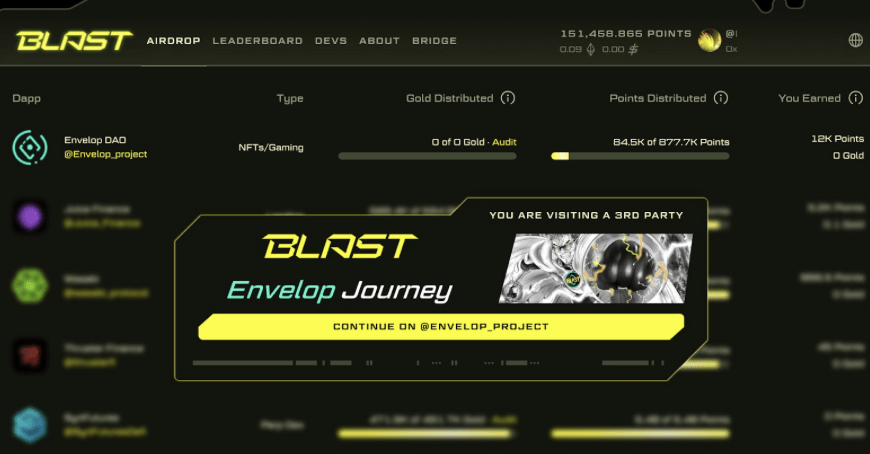Ethereum's scheduled Shanghai hard fork is going forward, and details for a public testnet dubbed Zhejiang have been released, opening testing for Ethereum Improvement Proposal 4895 (EIP-4895), the update which will introduce staked ether withdrawals.
According to Ethereum developers, the 'Zhejiang' public testnet is expected to go live today at 15:00 UTC, with a global rollout for all interested testers culminating on February 7th. Interested testers are encouraged to deposit ETH to validators on the testnet, however, they will not be able to immediately participate, given that the withdrawals will be simulated until it goes on mainnet.
The Zhejiang testnet will give validators and Ethereum core developers valuable insight into the behavior of such a massive migration of funds. It will also allow them to identify any potential issues prior to the official launch of the Shanghai hard fork. The Ethereum Shanghai Upgrade is part of ongoing efforts to maintain Ethereum's network security, scalability, and efficiency, as well as its continuing relevance for the emergence of Web3. With Zhejiang now live, we can look forward to seeing how its results shape the industry. Already, decentralized projects and exchanges are closely watching this development, especially with the staked withdrawal feature introduced in EIP-4895.
Following the deprecation of the Shandong testnet, developers have announced the launch of its successor, Zhejiang. With the Shanghai upgrade no longer containing EVM Object Format (EOF), Ethereum developers have reached a consensus and agreed to sunset Shandong, given how it contained several EIPs linked to EOF. This means that the upgrades for EVM Object Format will be developed at a later period, with estimates for completion by Q3 2023.
To guarantee the Shanghai hard fork is executed without a hitch, Ethereum's main developers have been working to debug and evaluate all elements and improvement features linked to the upgrade. According to tests run on the Ropsten network, there should be no significant problems from a technical standpoint; the simulations (particular with regards to withdrawals, which are tricky) conducted on the Zhejiang public testnet will provide users with a certain degree of assurance on the upgrade's viability, as well as an opportunity to explore features in a secure environment before its official launch. Through the Zhejiang testnet, validators and Ethereum core developers will be able to analyze large-scale use of these features prior to launch in order to identify any possible problems or exploits from threat actors aiming at the network.
According to analysis from investment bank JP Morgan, an estimated $500 million in annual revenue could be made off of ETH staking withdrawals from exchanges such as Coinbase (this is based on scale, of course). Ethereum staking was initially released in December 2020, introducing a standardized process for depositing ETH on the blockchain and becoming validators to assist with the authentication of on-chain transactions. Ever since this launch, validators have staked roughly $26 billion worth of $ETH.
Disclaimer: This article is provided for informational purposes only. It is not offered or intended to be used as legal, tax, investment, financial, or other advice.
Investment Disclaimer











